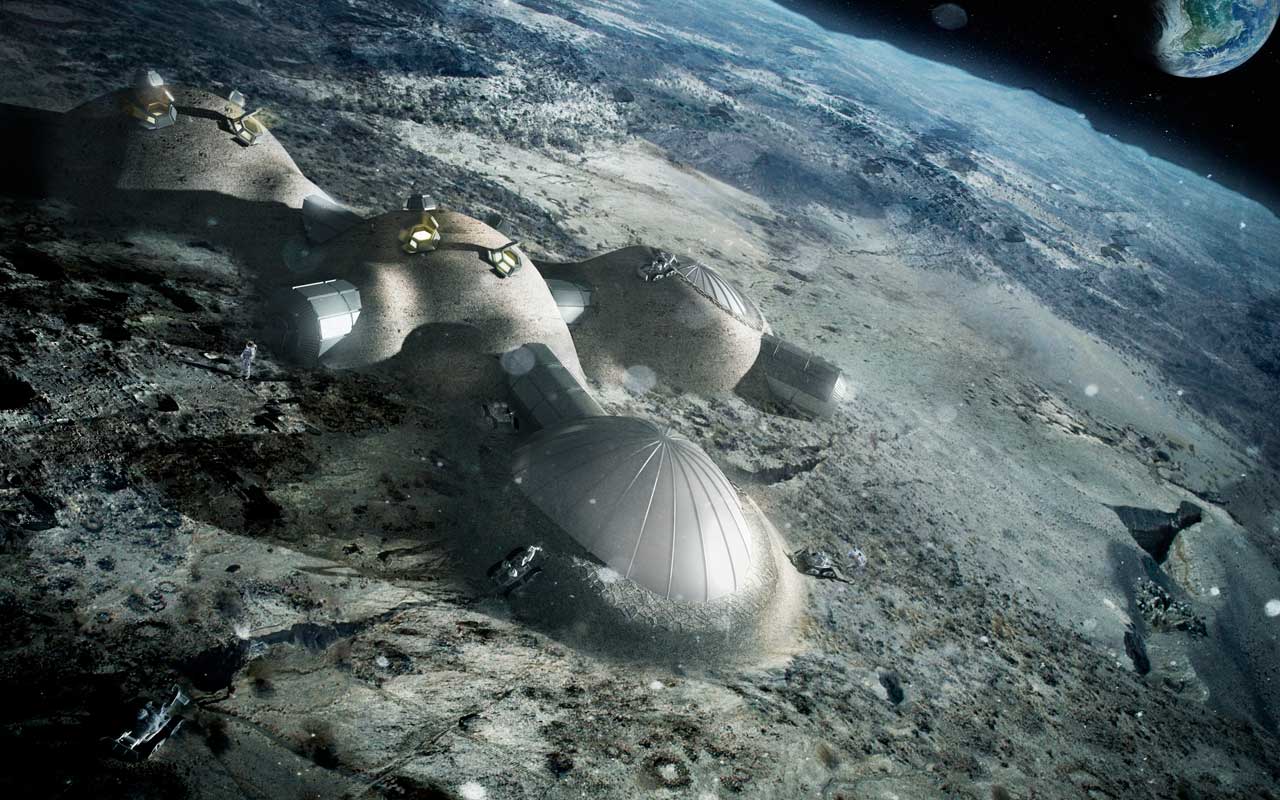With all the talk about manned missions to Mars by the 2030s, its easy to overlook another major proposal for the next great leap. In recent years, the European Space Agency has been quite vocal about its plan to go back to the Moon by the 2020s. More importantly, they have spoken often about their plans to construct a moon base, one which would serve as a staging platform for future missions to Mars and beyond.
These plans were detailed at a recent international symposium that took place on Dec. 15th at the European Space Research and Technology Center in Noordwijk, Netherlands. During the symposium, which was titled “Moon 2020–2030 – A New Era of Coordinated Human and Robotic Exploration”, the new Director General of the ESA – Jan Woerner – articulated his agency’s vision.
The purpose of the symposium – which saw 200 scientists and experts coming together to discuss plans and missions for the next decade – was to outline common goals for lunar exploration, and draft methods on how these can be achieved cooperatively. Intrinsic to this was the International Space Exploration Coordinated Group ‘s (ISECG) Global Exploration Roadmap, an agenda for space exploration that was drafted by the group’s 14 members – which includes NASA, the ESA, Roscosmos, and other federal agencies.










Delighted. Mooting Moon village after a wide gap is really exciting-the trigger may be ‘finding’ water & confirming with MENCA&CHASE sensors leading to establishing an international base on Moon,carrying forward Moon results to Mars,perhaps moon mining,other proposed experiments,using lunar base to launch huge structures to Mars.Rocket fuel may be H2/O2-H2 extracted from Lunar water.From Mars,it could be methane way back to Earth/Moon.
Perhaps creating artificial gravity on Moon may be essential for longer duration of stay on Moon,unlike ISS where artificial gravity was not thought of,due to its goals-weightlessness necessary for biological & other experiments,and inherent design of ISS-gravity gradient stabilised.
Perhaps asteroid’s fragments can be pulled around Moon’s orbit to do mining.
How to access to other side of Moon?
Biological experiments-microbial existence to be inferred from H2 presence ‚if H2 is present, CH4 presence,N2,O2?
Anyway,ultimately terraforming can be resorted to settle down on Moon/Mars for long duration.